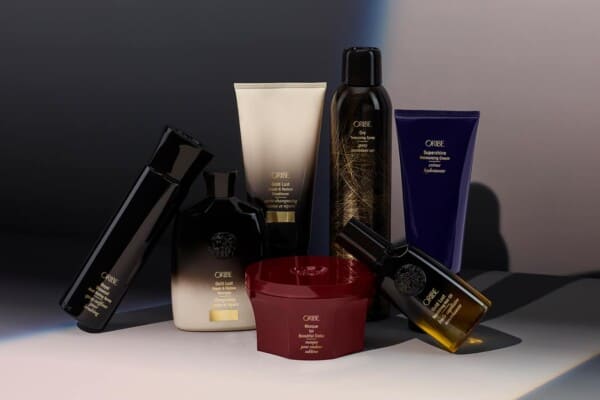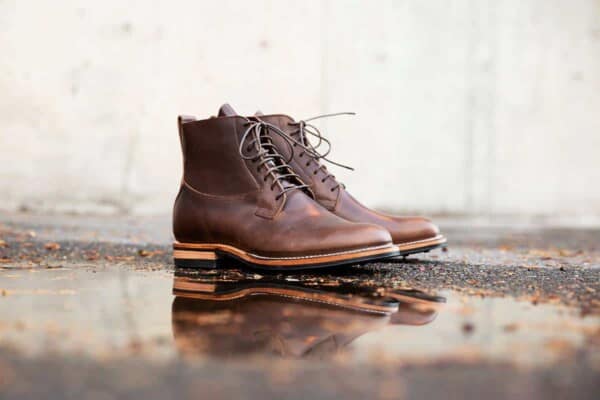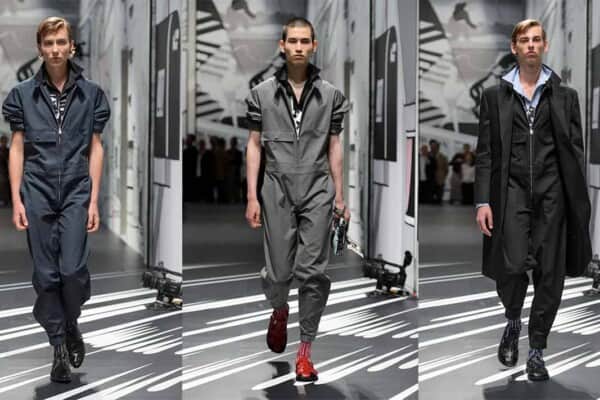
As someone passionate about fashion because of its power to speak for its wearers and express their feelings, style, and character, we are always cautious about instructing anyone how to dress or imposing any restrictions. In our opinion, the only principle that matters is to embrace what you love and what helps you feel you.
However, we can all agree that a dress is a prime choice for your never-ending wardrobe challenge. Dresses exude timeless refinement and never go out of style. Just think of Marilyn Monroe in her everlasting white dress. The truth is, even Johnny Bravo seemed lovely in that dress.
Dresses can enhance your charm and boost your confidence. But, as is the case with many other aspects of life, a dress is only as magnificent as the sum of its pieces. Each version, regardless of its shape or size, is the product of multiple variables interacting to improve the dress distinctively and to produce a cohesive vision.
For example, a sheath’s innate sex appeal might be minimized with pretty flower embroidery or enhanced with a halter neckline and a smoldering split skirt. A large tulle ball gown can be turned more sophisticated by adding lace, a Basque waistline, and a tea-length hem. And the list goes on.
Learning about dresses is decisive when picking the perfect one for your frame, and certain models are better than others in emphasizing or concealing specific areas of your body. If you’re baffled by what to wear in particular situations, you’ve come to the right place.
What Is A Dress?

Dresses are one-piece garments that are typically worn by women or girls. It is composed of a skirt linked to a bodice, and it spans the upper part of your body, as well as a portion of your legs, though it may also extend down past your feet.
Parts Of A Dress
Understanding a dress’s complexity and components is second to none. A dress’s primary elements include the bodice, sleeves, skirt, hemline, neckline, waistline, train, and straps. Not every robe, however, must incorporate all of those parts.
Sleeves
As you may already know, the sleeve is the section that covers your arms, and it is available in three lengths: short, midi, and long.
Sleeves come in a variety of styles. Nonetheless, they are primarily divided into two categories: set-in sleeves and non-set-in sleeves.
The first term refers to those that connect to the sidelines of the bodice at the armpit. Bishop, angel, puff, peasant, and Juliet sleeves are all examples of set-in sleeves.
Sleeves that are non-set-in are those that are integrated into the bodice, such as kimono, dolman, and raglan sleeves.
Bodice
The bodice is the element that extends from the neck to the waist, or basically the upper area that distinguishes the arm from the skirt. From the 16th to the 18th centuries, this name was used to refer to a form-fitting, sleeveless chest and breast garment.
Skirt
The skirt is the lower portion of a robe that envelops your body from waist to toe. Its hemline is variable, ranging from mini to floor-length. Moreover, a dress skirt comes in a myriad of styles to complement your body shape and fashion sense. It can be straight, A-line, pencil, tube, mini, asymmetrical, layered, high-low, tulip, peplum, or any combination thereof.
Waistline
The waistline is the section of the skirt that joins the bodice, and it functions by highlighting your physique and body shape. You can rely on this area if you wish to emphasize your feminine figure. If you have a natural waist, your waistline will also have the correct posture. Nevertheless, if a dress does not have a waist seam, it is referred to as a princess seam.
Neckline
The neckline of a dress is the topmost border, and it is the first thing that people perceive, giving some charm to your outfit. Necklines come in a plethora of shapes, such as asymmetric, halter, U-neck, V-neck, jewel, boat, round, strapless, or high-neck.
Hemline
The term “hemline” describes the border of the dress’s bottom side, and it is pivotal since you must determine the proper dress length for particular occasions.
Train
The train is the additional cloth that cascades down to the back of your dress, and it can be worn as a component of your skirt, a separate item, or even as a cape.
Straps
Straps are a piece of material that drapes over your shoulders, intended to carry the weight of your garment, and are usually constructed of the same fabric as the dress.
Types of Dresses:
No matter if you refer to them as dresses, frocks, or gowns, you’ve almost certainly worn them all. You’ve sported mini dresses, maxi dresses, fitted dresses, and slinky dresses. However, were you aware of the proper names for any of them?
Dresses come in a wide variety of styles, and you’re unlikely to ever name them all without this 30 types of dresses list. Interested? Let’s roll up our sleeves and get started!
30. Pouf Dress

Pouf dresses are also known as Cinderella dresses. However, the true name of the pouf dress is the bouffant dress, which derives from the shape of the skirt and the way it poufs out. The nicest thing about this dress is that it transforms an average outfit into something stunning.
Typically, the skirt is robust and protrudes from the waistband due to cloth pooling at the waistline. You can make it appear bigger and fuller by wearing a layered skirt or ruffled underskirt.
29. Qipao Dress

This stunning dress is a traditional Chinese woman’s signature ensemble, one that she wears solely on special occasions. However, qipao’s distinctive comeback has been made possible by renowned Chinese designers such as Uma Wang and Guo Pei, and let’s not forget the world-acclaimed Middle Eastern designer Zuhair Murad and his stunning qipao-inspired gowns.
28. Mini Dress

In compliance with the latest trends, we expect mini dresses to become a significant must-have garment in 2022. And, contrary to popular belief, we do not reserve mini hemlines only for petite women or those under the age of 30; they look sophisticated on anyone. You may wear your gorgeous mini robe on a night out, to breakfast, or even to the beach with a few simple accents and shifts.
27. Denim Dress
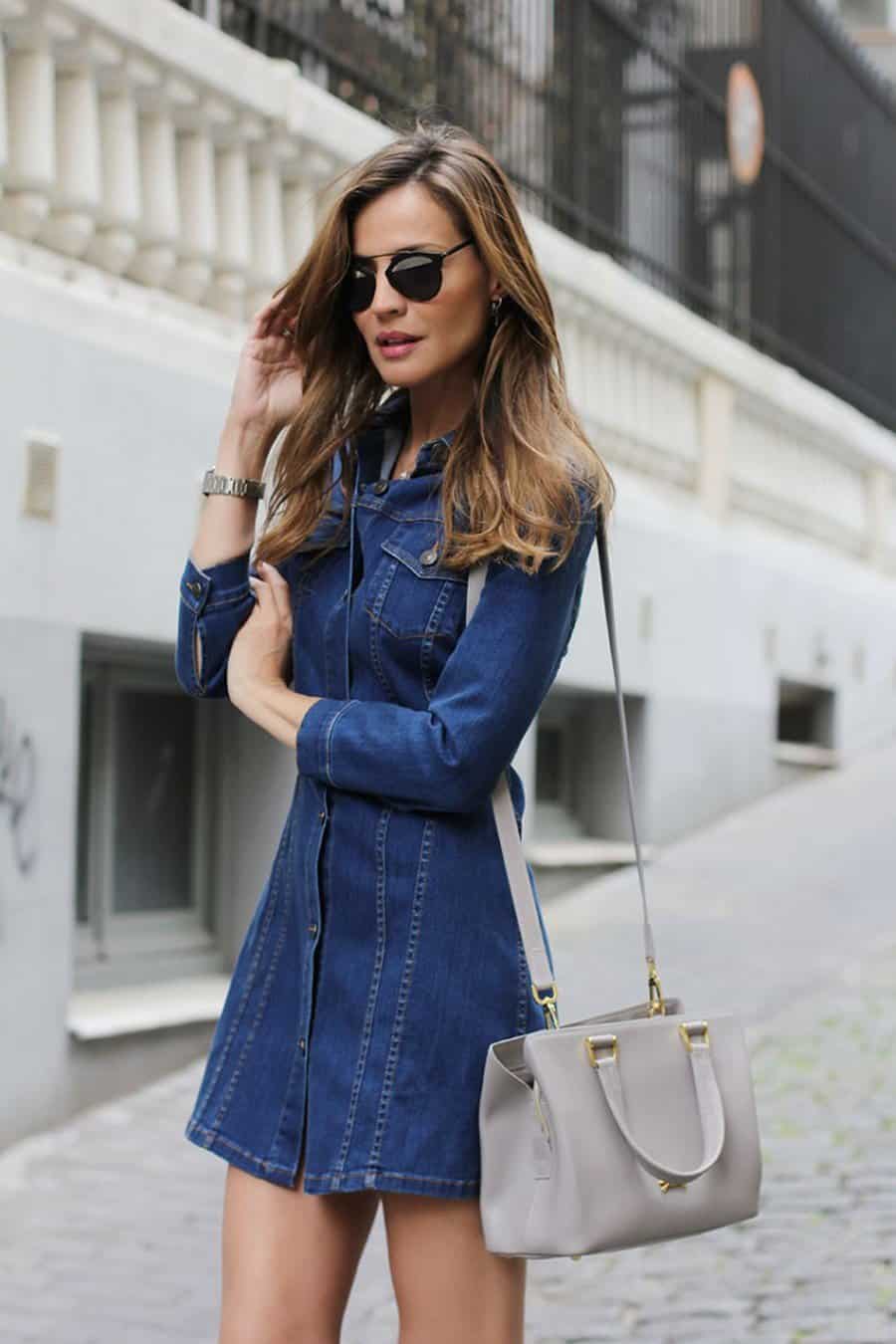
You may wonder if denim dresses are popular and in vogue right now. And the answer is an unequivocal yes! Denim dresses, particularly denim shirt dresses, have become timeless. Typically constructed of a softer material than jeans, they are light and quite comfortable to wear on any occasion, from basic duties to weekend lunches with your friends.
26. Shift Dress

What is the best feature of a shift dress? You can easily shift it from day to night, from business to social settings, and from dress up to dress down. Did you notice what I’ve done here? When we think of this style, we envision Jackie O or Twiggy as it was all the rage in the 1960s. However, what precisely defines one?
A shift dress is an excellent all-purpose clothing item for work and leisure. It is casual and comfy enough for daily activities, but its elegant design ensures that you look fantastic when you hit the town in the evening.
25. Asymmetrical Dress

Any recent talk regarding international fashion fads is certain to bring up the subject of asymmetrical hemlines. This dress is a modern godsend: widely flexible, easy to wear, and flattering even in more difficult-to-style body shapes.
Asymmetrical dresses are a great way to look beautiful yet not dull. They are the perfect balance of refinement and edginess, being audacious but not excessively extreme. In this manner, you can look sophisticated while also adding an element of individuality to your ensemble.
24. T-shirt Dress

Nothing is easier to put on and just leave than a soft cotton dress. For daily tasks, pair it with sneakers or boots, or dress it up with sandals and exquisite jewelry for a high-jinks evening out. The truth is, with such a simple basis, flattering becomes mandatory.
While T-shirt dresses are cute, they can sometimes feel bulky and big, so tighten at the waist with a lovely belt. Both thin and wide belts work well with this kind of dress, so choose the type you prefer.
23. Sweater Dress

It’s no wonder we adore sweater dresses so much; they’re practically an outfit in and of themselves. They are one-piece garments that can be worn alone or enhanced with a few modest accessories, guaranteeing that you look fantastic with minimum fuss.
That being said, the amount of work you put into accessorizing will dictate how many looks you can get from a single dress, and you may find that these lovelies are even more versatile than you imagined.
22. Cocktail Dress

A semi-formal dress code, or “cocktail wear”, is the attire that is typically worn for evening events, such as banquets and ceremonies. The cocktail or knee-length dress, tailored for this event, is distinguished by its ability to mix refinement and modern designs.
While a cocktail dress is not deemed black tie, it is a step up from what you might wear on a night out on the town. As a general guideline, it’s better to avoid pairing your cocktail dress with too many dramatic accessories. Rather than that, pick one that is both chic and classy.
21. Bandage Dress

From the 1990s, when designer Herve Leger released it to fashion gurus worldwide, the bandage dress was a boon to the industry. This type of silhouette never truly goes out of style and is a fashion essential that can be updated by switching up your shoes, bags, and jewelry or by opting for more sophisticated details such as cuts, asymmetric necklines, and fringe.
A well-built bandage dress cinches you in and softens you out while remaining light and comfortable for an extended period. This chic staple draws attention to your shape by creating seamless and attractive contours.
20. Tube Dress

Yes, this is the era of minimalism, of keeping things simple, concise, and easy to grasp and showcase. And a tube dress is the best example of this. This robe is flattering, accessory-friendly, and ideal for flaunting your bronzed shoulders.
There is something so thrilling and seductive about living on the verge of a wardrobe failure: it could tumble down at any moment, but luckily does not. To avoid inconvenience, the fit is paramount when looking for the ideal tube dress.
19. Pinafore Dress

When you consider the most flexible garment in your wardrobe, you assume jeans, a basic white T-shirt, or a pair of utilitarian black boots. However, it’s time to move beyond the fundamentals and try a new mainstay: the pinafore dress.
This type of dress pairs well with almost anything and exposes itself to a plethora of minimal, but still incredibly put-together, ensembles. Once you’ve decided on what to wear beneath, which can be pretty much anything, you’re left to accessorize it as you wish and move on with your day.
18. Smock Dress

If you’re continuously on the hunt for a casual, undemanding look, a smock dress will quickly become your new wardrobe companion. In the 1920s, smock dresses gained popularity for their flowing designs, pleated fabrics, and ruffled accents.
Subsequently alluded to as “prairie dresses,” their boho appearance makes them excellent for spring and summer outfits. From mini to maxi, there is a smock dress for any circumstance.
17. Kimono Dress

Originally, a kimono was a Japanese robe that served as the country’s national attire. Today, a kimono is a light, unstructured, usually patterned dress with billowing sleeves.
What’s fantastic about owning a kimono is that you can wear it casually or dress it up. Combine it with sneakers for a relaxed look, or pair it with a monochromatic dress and heels to elevate your outfit.
16. Off Shoulder Dress

Off-the-shoulder dresses are all about showcasing your bare shoulders while keeping a refined style befitting of a bona fide trendsetter. Initially embraced by Brigitte Bardot, this style has taken over the fashion world, and designers have seized the opportunity to incorporate it into nearly all of their ever-so-elegant collections.
15. Blazer dress

We’d like to introduce you to your best pal onstage: the blazer dress. This appealing dress is our supreme wardrobe savior, resolving every what-should-I-wear quandary and striking the perfect balance of stylish and sensual. A menswear mainstay with a flirty twist, this fitted garment is anything but office-acceptable, which is just why we adore it.
And, in the absence of a white shirt collar, a blazer dress creates the ideal plunging neckline, making this style flattering for many women. And we mean everyone, from Meghan Markle to Rihanna.
14. Shirt Dress

It’s half a shirt, half a dress, and oozing with style! While the shirt dress is based on a classic male item, it is quite feminine and demure in appearance.
The shirt dress has been around since the 1930s but has experienced a renaissance in recent years thanks to its basic and casual appearance, and it is widely perceived as a more relaxed version of a robe, one that requires less consideration when dressing in the morning.
13. Slip Dress

Slip dresses are spaghetti-strap dresses that are soft and sleek, with a feminine feel. While these designs bear a strong resemblance to an underslip or blouse, we should wear them out and about. Slip dresses are frequently trimmed on the bias, feature a slit, and come in a variety of styles, from minis to maxis and everything in between.
12. Empire Waist Dress

This charming dress is the type of garment you should wear when you’re feeling majestic or in need of a fast grab to recall your royal status. It is at once comfy and whimsical, as well as stylish. An empire waistline is defined by a fitted bodice that flows loosely beneath the breast. Its design is attractive, emphasizing tall frames but also giving small statures the impression of height.
11. Pencil Dress
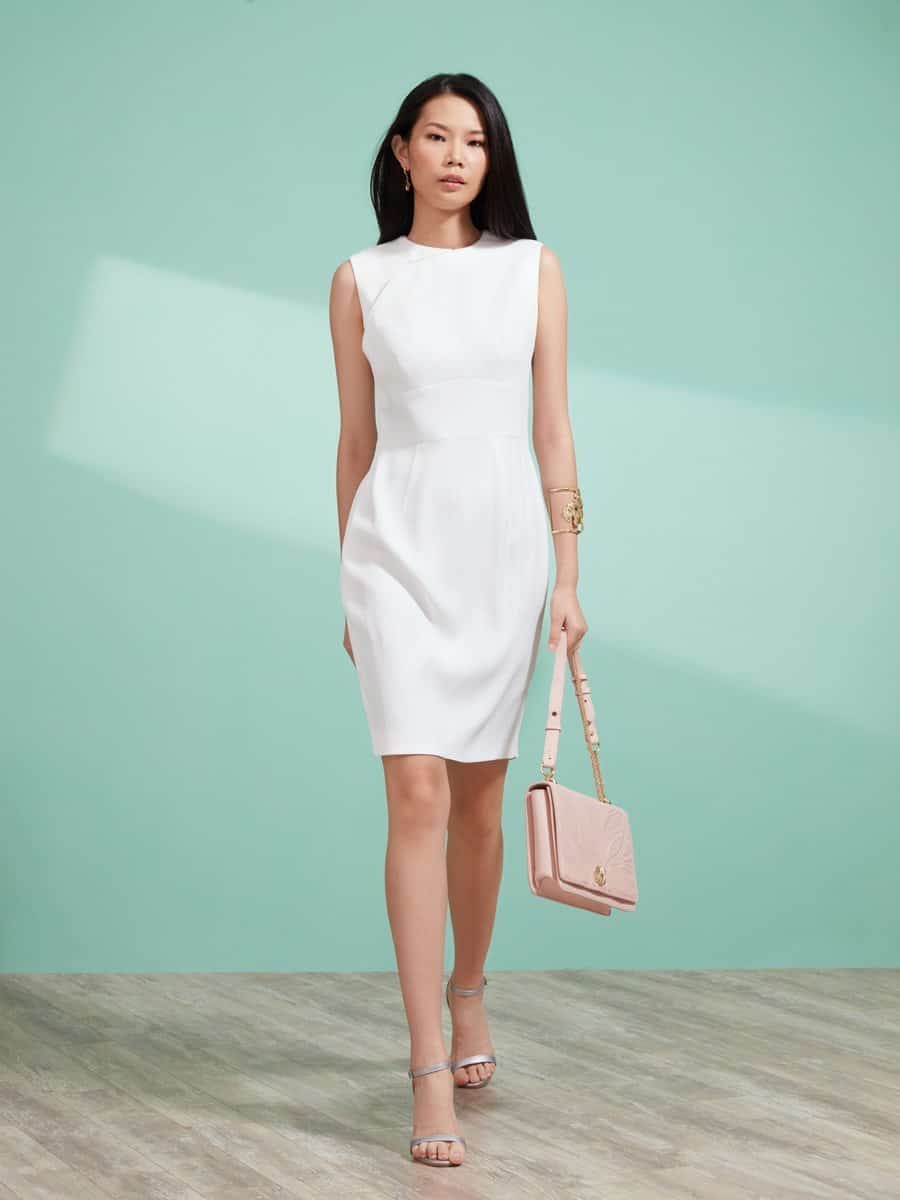
When the Wright brothers dispatched the first female traveler on a flight in 1908, they recognized that her dress’s wide, fluid style would present a severe challenge in the intense winds of flight. Mrs. Berg would be completely incapable of keeping her attire in check, unless they tied anything around her legs, maybe? Actually, this is precisely what they did.
The trip gained notoriety, and Parisian designers quickly took notice of the skirt’s distinctive shape. Pencil dresses are well-structured and fit, making them an excellent choice for women with a thin, or slender yet curved figure.
10. Mermaid Dress
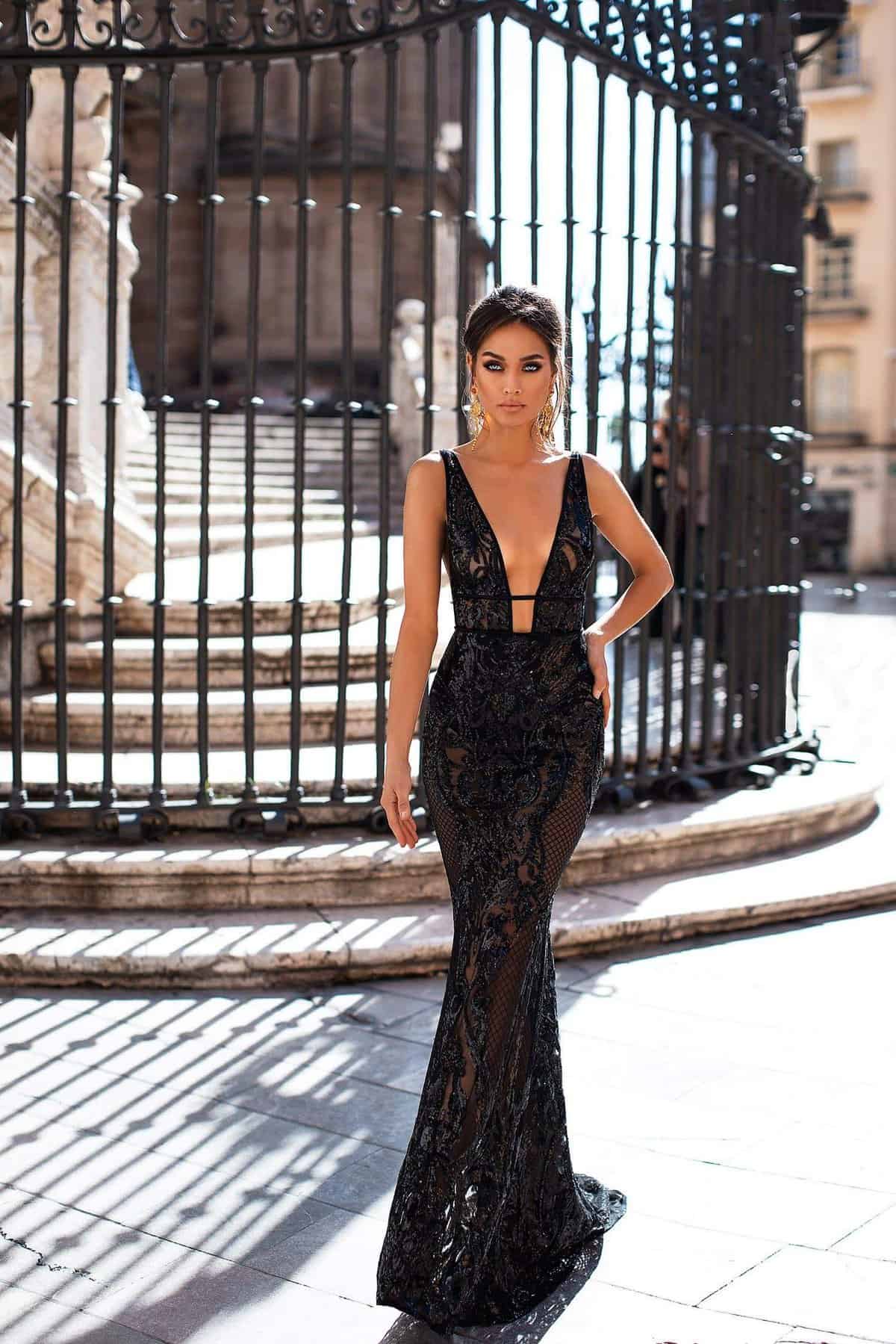
A sense of vintage Hollywood glamor has returned in 2022 thanks to celebrities like Zendaya, Adele, or Bella Hadid, and if you’re trying to flaunt a red-carpet look, a mermaid gown is an outstanding product.
We define the mermaid silhouette as one that is form-fitting, cinches in at the waist, and flares out spectacularly at the knees. This style is appealing because it elongates your figure, but what sets it apart is the emphasis placed on exquisite cut and craftsmanship.
As per Sherri Hill’s formal dresses page, a mermaid silhouette dress is one that is form-fitting, cinches in at the waist, and flares out spectacularly at the knees. This style is appealing because it elongates your figure, but what sets it apart is the emphasis placed on exquisite cut and craftsmanship.
9. Peplum Dress

We’re sure you’re wondering why on earth I’d want to put extra material on my hips to enhance them? Well, this is the most prevalent common misunderstanding about peplum. The truth is that a well-placed peplum can change your body shape into an hourglass figure.
Have you got full hips? No need to be concerned! Surprisingly, the peplum draws the gaze away from your hips. Got no hips? It also looks fantastic on you, as this fashion trick creates the appearance of hips. Have a large waistline? The issue has been solved! Indeed, the peplum catches the viewer and creates the illusion of a tightened waist.
8. Ballgown

Envision a princess, either real or imagined. What is she dressed in? From a young Princess Diana draped in an incomparably royal beauty of pearls and pale blue satin to Cinderella dancing with her gorgeous prince, the quintessential fairy tale gown has always represented a long-skirted, tight-bodice, sleeveless design.
Volume? Yes. Drama? Check. Classic? Of course! A ballgown is the most expensive type of evening dress, distinct from others thanks to its extravagantly decorated fabrics, which purpose is to enchant the beholder and accentuate a woman’s refinement.
7. High-Low Dress

Whether it’s a boho-chic, glam, or casual-cool dress, the high-low trend is the ultimate means to showcase your fashion-forward style. There’s something so charming about that quasi-train, which reminds us of a ball gown, and if you’re trying to add a ladylike, refined dress to your inventory, one that will make you feel fresh, delicate, and gorgeous, a high-low dress is excellent.
6. Maxi Dress

A maxi dress is more than simply a piece of apparel; it’s a way of life. That’s exactly the sort of lifestyle that minimizes the sartorial strain and maximizes wiggle fun. Moreover, a maxi dress combines all the joy and festiveness of a dress with the added benefit of being the ideal length to defend your legs from any unwelcome drop in temperature. Win-win.
Therefore, when you want to make a statement, a maxi dress is your best bet. Did you think you’d be able to pirouette in your pants?!
5. Wrap Dress

Wrap dresses are brilliant in their simplicity. The wrap dress was invented as an antidote to the manly business suit and has remained a global trend to this day. Typically, one-half of this dress is folded around the opposite side, and it features a strap or a clasp to connect the two panels.
It nicely contours your figures, equally complementing and hiding them, which is why it works fantastically on almost all body shapes, and it can infuse your look with subtle femininity.
4. Halter Dress
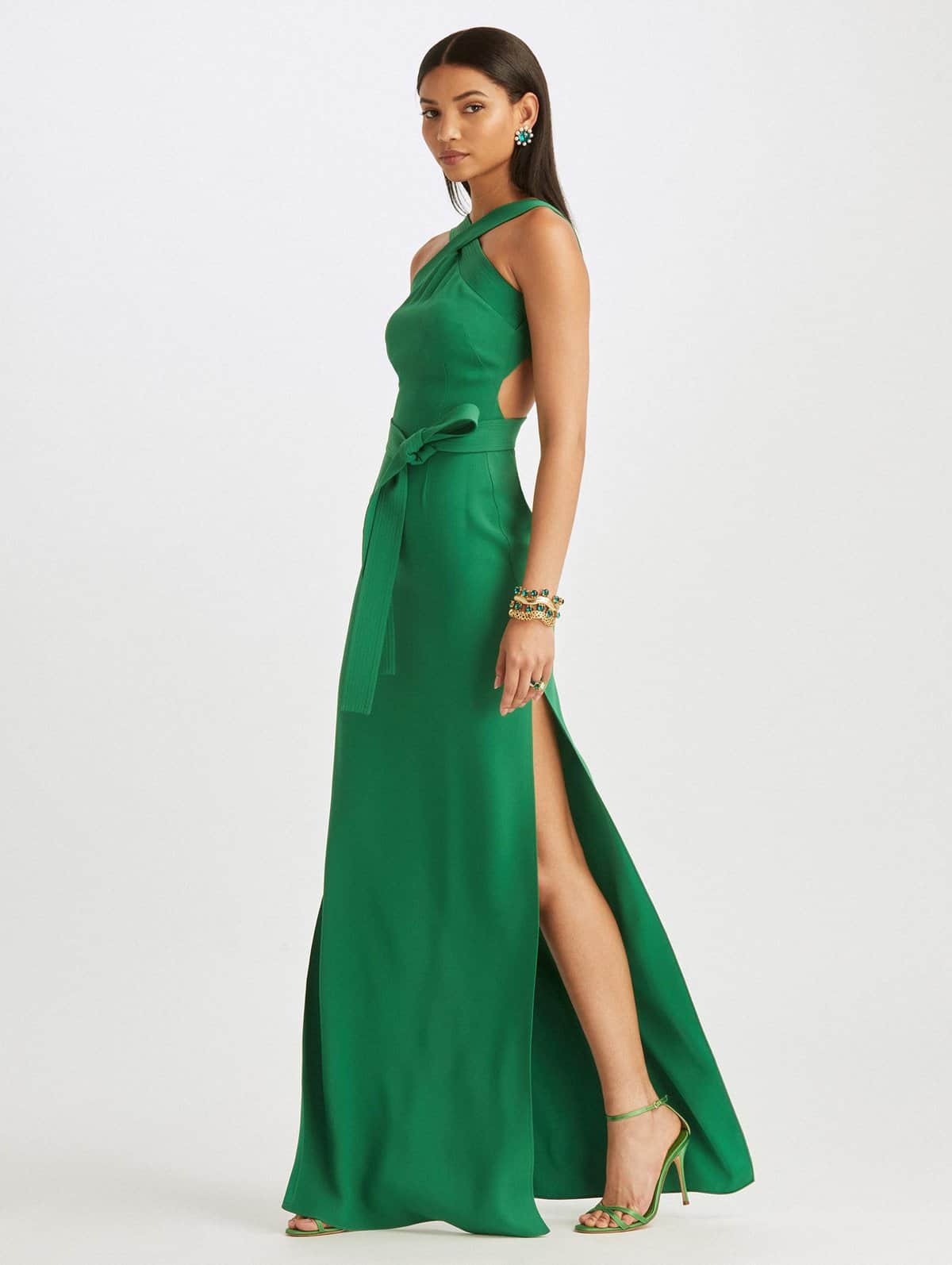
A halter dress has a rope extending from the front area all around the neck. This means it exposes a huge portion of the back and shoulders, giving a highly seductive, elegant image. Halter-neck robes can be an eye-catching pick for evening wear because they are daring, fashionable, and classy.
3. Midi Dress

While some women may despise the idea of a midi dress, we’re sure you can pull one off just as well as any other type. A midi dress is often draped between the knees and mid-calf and is perfect for anyone who might be confused about whether the occasion is formal or not.
Plus, they appear insanely cute to wear regardless of the weather, as we can style them up or down with knits and boots or sandals.
2. Bodycon Dress
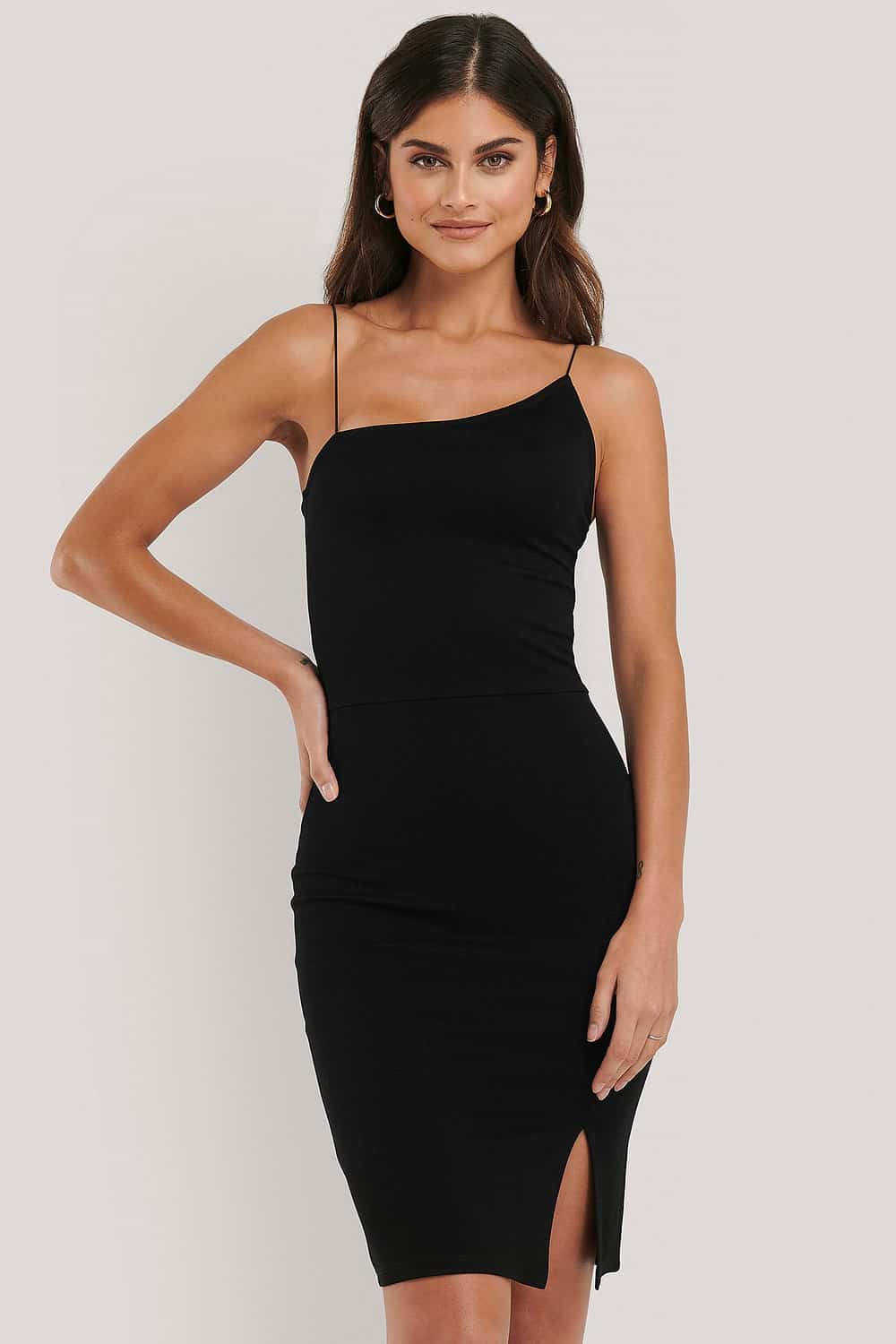
The bodycon dress is a fashionable item defined by its stretchy, close-fitting material and sensual style that flatters a woman’s features. Nonetheless, you can be daring and put on a bodycon dress without fear of being judged by adopting a more refined and stylish demeanor.
Remember, this dress is all about you and your confidence. Hem lengths range from upper thigh to mid-calf.
1. A-line Dress
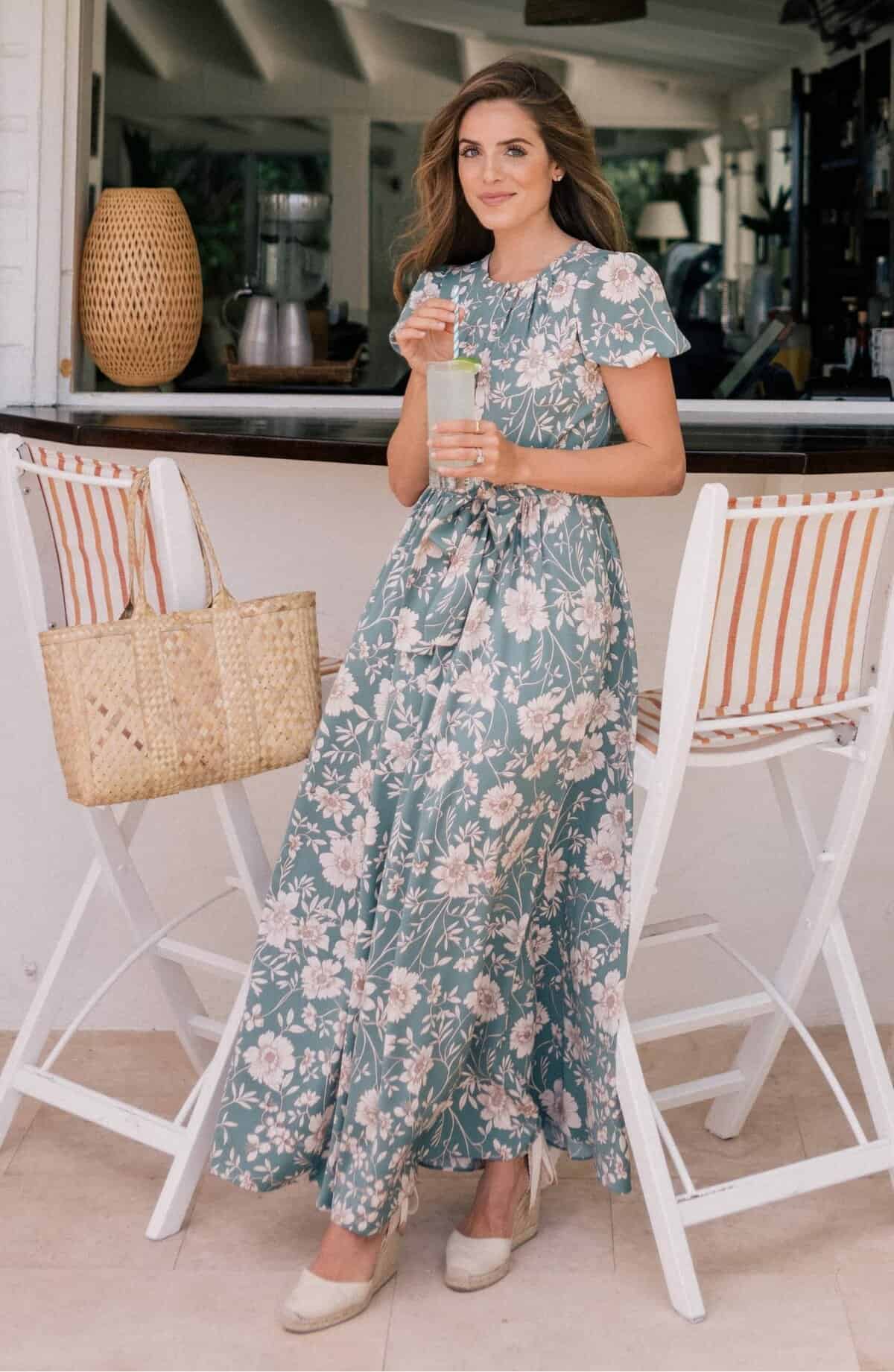
A-line dresses are a very prominent style of dress because they complement almost every body type. The most prevalent sort of A-line dress has a tight bodice and expands out at the waist, usually with pleats, to create a triangular shape resembling the capital letter A. Thus, A-line silhouettes are meant to draw attention to the waist, hips, and bust line.
Wearing a chic A-line dress means those agonizing mornings wasted pacing around your wardrobe with no idea what to wear will become a relic of the past.
Conclusion
Sometimes, choosing the perfect dress can appear to be an overwhelming endeavor, with so many distinct forms, designs, and fabrics to choose from. From dramatic mermaid gowns to elegant pencil dresses, these were our top 30 dress styles. Which one is your favorite? Is there one that you would never wear?
Contents
- What Is A Dress?
- Types of Dresses:
- 30. Pouf Dress
- 29. Qipao Dress
- 28. Mini Dress
- 27. Denim Dress
- 26. Shift Dress
- 25. Asymmetrical Dress
- 24. T-shirt Dress
- 23. Sweater Dress
- 22. Cocktail Dress
- 21. Bandage Dress
- 20. Tube Dress
- 19. Pinafore Dress
- 18. Smock Dress
- 17. Kimono Dress
- 16. Off Shoulder Dress
- 15. Blazer dress
- 14. Shirt Dress
- 13. Slip Dress
- 12. Empire Waist Dress
- 11. Pencil Dress
- 10. Mermaid Dress
- 9. Peplum Dress
- 8. Ballgown
- 7. High-Low Dress
- 6. Maxi Dress
- 5. Wrap Dress
- 4. Halter Dress
- 3. Midi Dress
- 2. Bodycon Dress
- 1. A-line Dress

